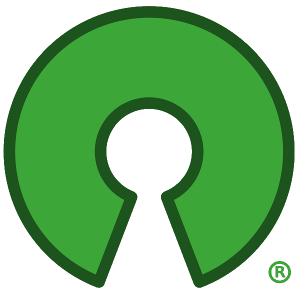You have loads of options but you need to also start from … “what if”. Work out how important your data really is. Take another look and ask the kids and others if they give a toss. You might find that no one cares about your photo collection in which case if your phone dies … who cares? If you do care then sync them to a PC or laptop.
Perhaps take a look at this - https://www.veeam.com/products/free/linux.html its free for a few systems.






If I give you a free beer, you have one beer. If I give you the recipe, you can make your own beer. You do have to make your own open source beer or you can hire someone to do it for you or perhaps take you through the steps a few times until you’ve got it. With luck there will be a community of open source beer brewers with whom you can interact and improve those recipes.
Free software is free until it isn’t! The illicit drugs industry works in a similar way (the first hit is for free).